Search
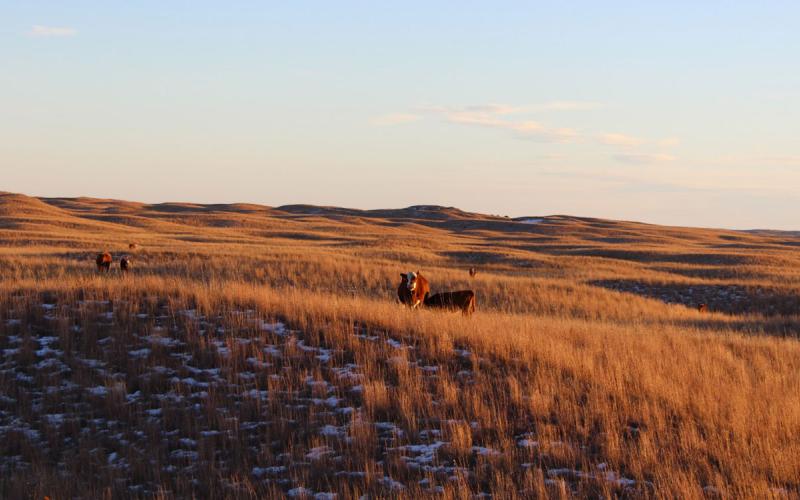
Protecting Your Pastures While Winter Grazing
Winter grazing of stockpiled grass produced during the growing season can help extend the grazing season and reduce winter feed costs. Learn some strategies to successfully incorporate winter grazing into your operation.

32nd Lamb Bonanza to showcase sheep industry during SDSU basketball game
December 12, 2023
Six lamb pelts will be auctioned during the Lamb Bonanza, which is Jan. 13, 2024, at the SDSU Frost Arena in Brookings. The game starts at 2 p.m. and features SDSU versus University of Denver.

SDSU Extension hosting 4th annual 4-H Capitol Day in January
December 12, 2023
South Dakota State University Extension’s 4-H program will host the fourth annual 4-H Capitol Day on Jan. 17, 2024, in Pierre.
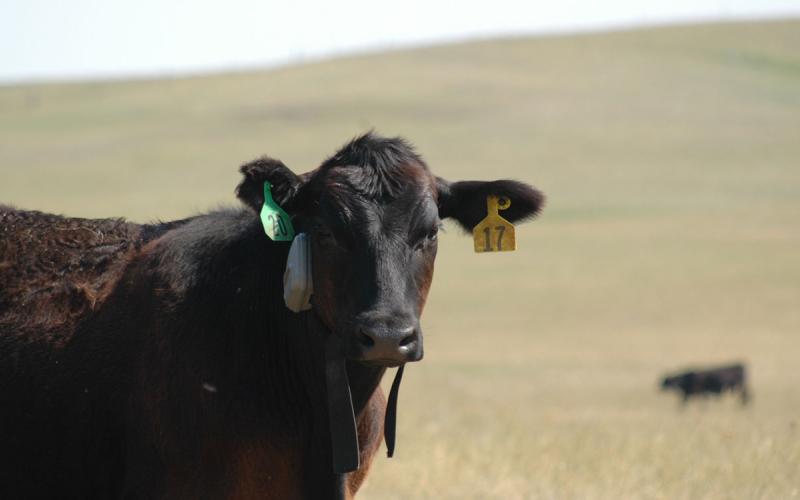
SDSU Extension offering workshop on virtual fencing
December 20, 2023
“Virtual Fencing 101: Expectations and Considerations” is from 9 a.m. to 5 p.m. MT, on Jan. 11, 2024, at the Box Elder Events Center. It is free to attend.
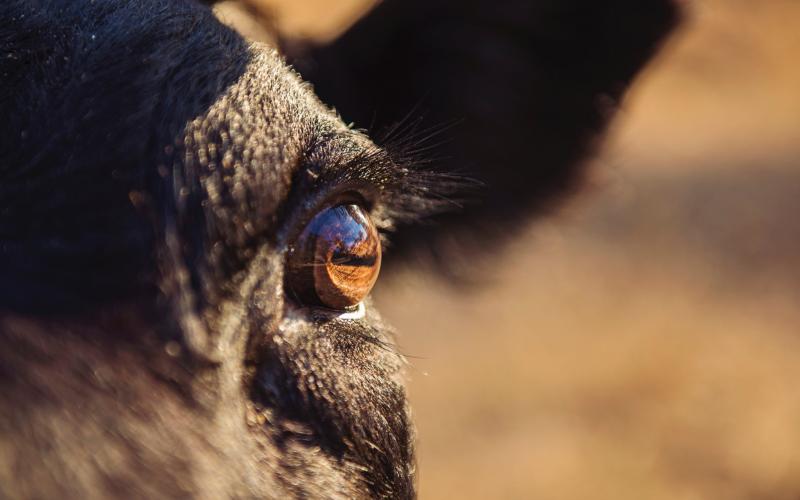
Toe Abscess (Toe Tip Necrosis) in Feeder Cattle
Toe abscess (toe tip necrosis) is most commonly seen in feedlot cattle and is likely subsequent to excessive abrasive damage to the hoof, especially the toe tip. Feet may become infected when the white line is damaged which opens the claw to bacteria, dirt and manure.
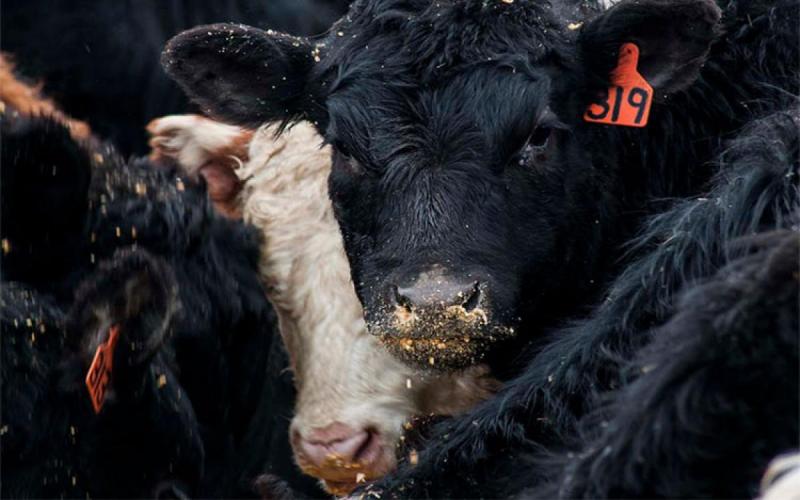
SDSU Extension to host webinar on backgrounding calves
December 15, 2023
Backgrounding Fundamentals is from 12:30 p.m. to 1:30 p.m. CST/11:30 a.m. to 12:30 p.m. MT on Jan. 10, 17 and 24, 2024.
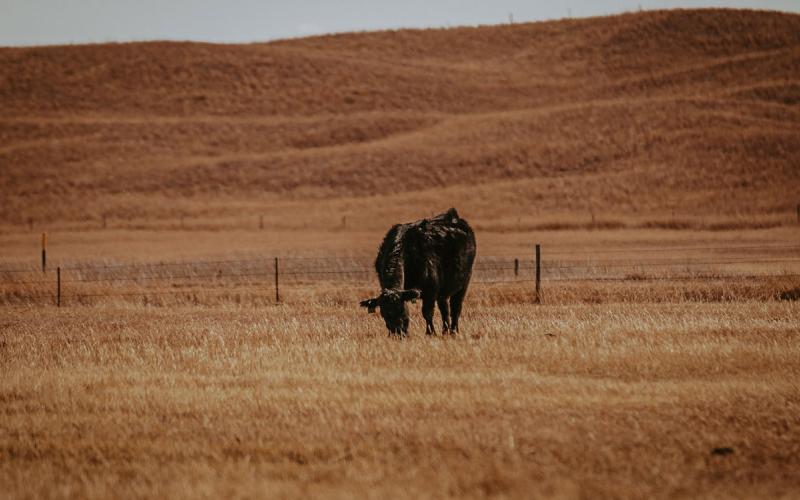
Meeting Cow Requirements While Winter Grazing
Regardless of grazing strategy, it is critical that producers provide proper supplementation to allow cows to meet nutrient requirements throughout the winter grazing season.

Carbon Markets and Beef Production: Overview
Learn about the Carbon Markets and Beef Production program, which aims to demystify many of the aspects of greenhouse gas emissions, climate-smart agriculture practices, and carbon markets for producers and landowners.
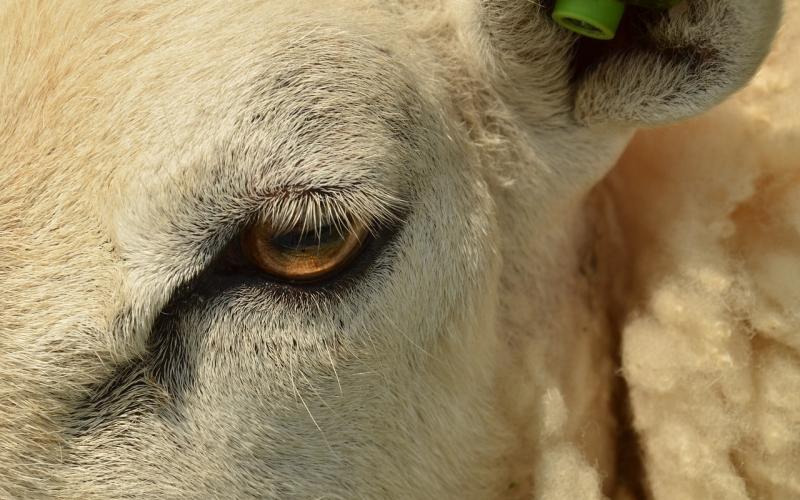
Small Ruminant Abortions: Cleanup and facility considerations
Sheep and goat producers in the upper Midwest rely on annual lamb or kid crops to maintain economic viability. Reduction in the lamb or kid crop due to abortion (premature birth) and stillbirths are a common occurrence on many farms. Some of these problems have implications for human health as well as animal health.
4-H empowers youth voice through 2023 SDSU Extension 4-H Legislature Program
January 02, 2024
Nine 4-H legislators participated in the 2023 SDSU Extension 4-H Legislature program, which ended on Nov. 4 at the Capitol in Pierre. (SDSU Extension 4-H photo)